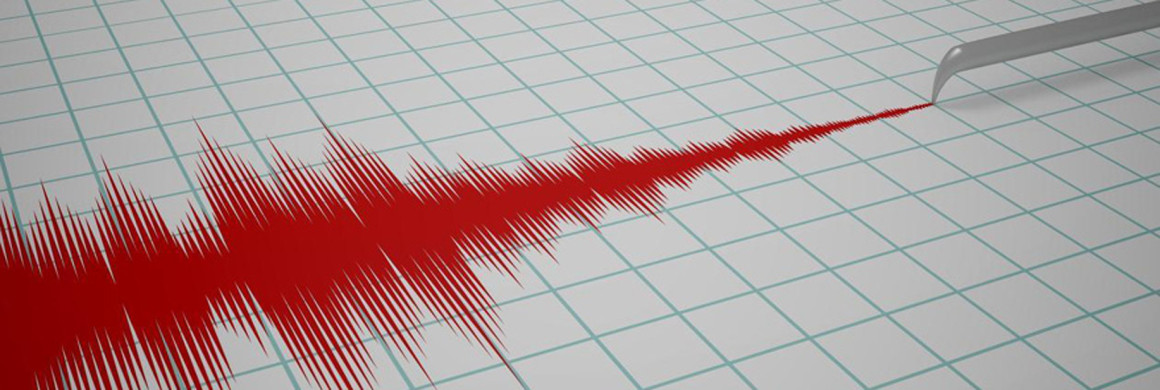The following post has been provided by one of our guest authors and colleague, Travis McFeron.
The recent article in The New Yorker, “The Really Big One,” by Kathryn Schulz has caused a considerable amount of discussion and worry in the media and among some people in the region who have read it and were not previously not familiar with the Cascadia fault system. My initial impression of the article was that while it was fairly accurate in many respects, some of the wording seemed a bit sensational in nature. Overall the article does a very good job of spotlighting a now well-known significant hazard to the Pacific Northwest that has been largely overlooked by much of the public. Geologists, earth scientists, geotechnical engineers and structural engineers and the like have been aware of the possibility of a big Cascadia earthquake for quite a while. Schulz’s article is largely representative of previous studies of potential seismic hazards of the area. One example of a previous study that was funded by the Oregon legislature is The Oregon Resilience Plan, completed by the Oregon Seismic Safety Policy Advisory Commission in February 2013.
Executive Summary (8 pages):
http://www.oregon.gov/OMD/OEM/osspac/docs/Oregon_Resilience_Plan_Executive_Summary_Final.pdf
Here is the full report (341 pages):
http://www.oregon.gov/OMD/OEM/osspac/docs/Oregon_Resilience_Plan_Final.pdf
Previous reports were the work of many professionals and scientists and attracted little attention beyond the scientific and engineering community and government officials. The New Yorker article re-hashes much of the same in a much more illustrative manner that got the public’s attention. Drawing attention to these types of threats will hopefully spur investment in upgrading the infrastructure, existing buildings, and other structures that are susceptible to potential damage. Being better prepared is a goal we should always be striving for.
The potential hazard of an earthquake is much like any natural disaster in that it is unpredictable. There is no current way to know when the next event could be. This applies to earthquakes, hurricanes, volcanoes, and any other natural disasters. There isn’t a single location on Earth that isn’t potentially subject to a natural disaster, nor potential man-made disasters. Seismicity on the west coast and in the New Madrid area, Tornado Alley in the Midwest, hurricanes on the East Coast, the Yellowstone Caldera, sea level rise in coastal regions, drought, etc. – there is no shortage of things to worry about if one wants to consider them all. We cannot hide from nature. The best we can do is be prepared for when disasters inevitably happen.
Since seismicity is so difficult to predict, the building code uses a probabilistic approach to account for these types of events using the information we have. Fortunately, we’ve gained significant understanding of seismicity over the last decades so new structures are and will be designed to increasingly more stringent standards to increase Life Safety. With past tragedy comes new knowledge that has improved the resiliency of new buildings. Undoubtedly, a significant contributing factor to the damage estimates in the article, and other studies, is that there was so little previous (acknowledged) historical firsthand knowledge of the seismicity of the Pacific Northwest region. Our aging infrastructure and buildings were mostly designed in an era that pre-dates knowledge of the potential seismicity which are the elements now most at risk. In regions of high seismicity -Japan, Southern California, Chile, New Zealand- the more frequent occurrence of earthquakes have had two impacts. One is they are much more educated about the risks and appropriate building types and locations, but a second macabre benefit is that buildings and infrastructure that weren’t designed to accommodate potential seismicity has been, in many cases, destroyed by past earthquakes.
We are playing catch-up in the Northwest and hopefully we can renew our older infrastructure and buildings before they are put to the test. The Oregon Resilience Plan is one such effort to provide a timeline to upgrade critical infrastructure. My understanding is that the initial goals of the Plan were to upgrade critical infrastructure over a 50-year time period. A system of incentives (carrots and sticks) will likely be needed at some point to encourage the same in the private sector.
Fortunately for new structures, the current building code requires consideration of seismicity, including potential impacts from a Cascadia Subduction Zone earthquake as well as local faults and other potential natural disasters and to prevent man-made disasters (fires, hazardous conditions, overloading, etc.). The building code is a living document that is improved based upon knowledge gained from testing, experience, as well as tragedy. New structures built today are designed to meet current code and expected to provide Life Safety of the occupants including during the “Big One.” New critical facilities like hospitals, fire stations, police, and emergency responders are expected to remain operable during and after a large earthquake. Things are moving in the right direction, but there is much more to be done.
Note that, in general, building codes do not design most new structures to remain undamaged during a design earthquake, with the exception of critical facilities like hospitals, emergency response items like fire stations, water storage, police, etc. Those structures are designed to a much higher (and much more expensive) standard. For the Cascadia caliber earthquake, the intent of the building code (for most structures) is only to prevent collapse and limit damage as much as possible so that people can survive.
Therefore, the Pacific Northwest is at a crossroads of renewal where we need to re-build, retrofit, and upgrade our existing built environment.
Author information:
Travis McFeron, PE, SE, Senior Principal
Peterson Structural Engineers, Inc.
www.psengineers.com


